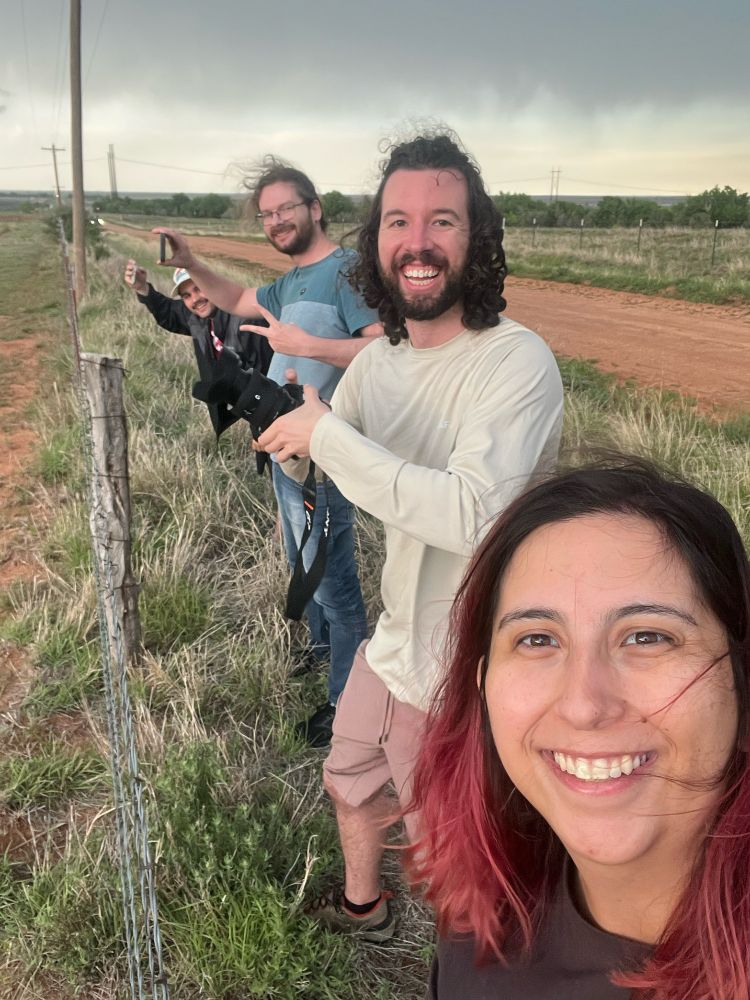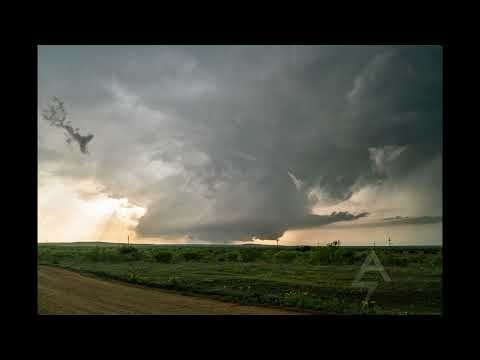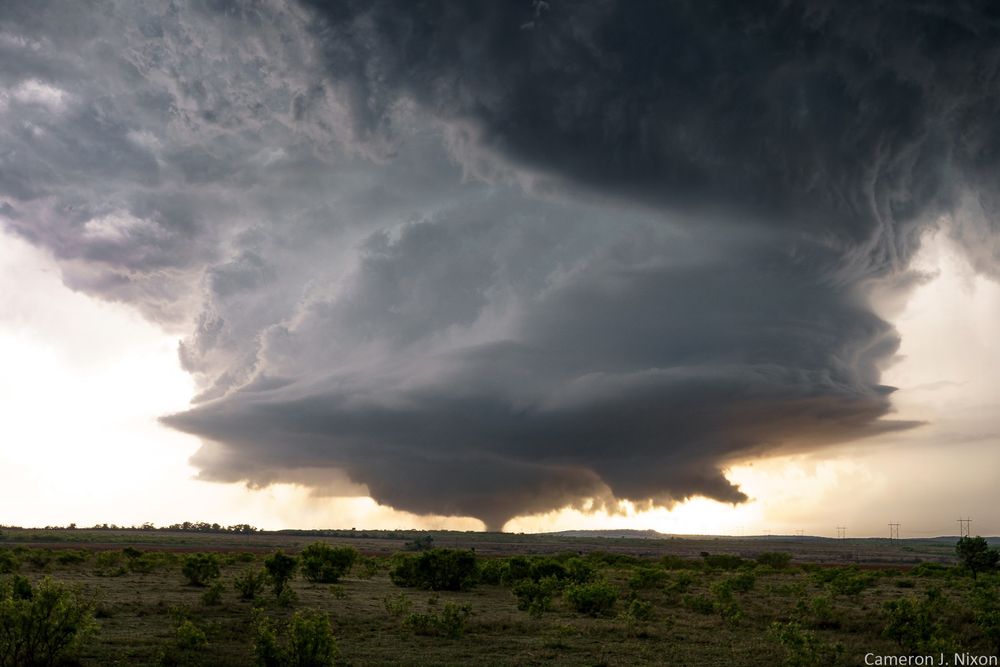
Co-founder of https://chasearchive.com/
Research scientist, Ph.D.
(severe storm environments and interactions)
Norman, OK
https://cameronjnixon.wordpress.com/

is now LIVE 🌪🌪
Come explore some of the greatest chases in the Great Plains chasearchive.com
(In this case, storms are rooted at ~2km)


(In this case, storms are rooted at ~2km)
Here's a map of tornadoes by time of day (nighttime tors are plotted on top of daytime tors to stand out). I feel for you Tulsa, Jackson, Birmingham, Nashville...

Here's a map of tornadoes by time of day (nighttime tors are plotted on top of daytime tors to stand out). I feel for you Tulsa, Jackson, Birmingham, Nashville...
(Preferentially produced by elevated supercells north of the greatest perceived risk, even though both targets featured supercells)
(Preferentially produced by elevated supercells north of the greatest perceived risk, even though both targets featured supercells)
📍The Wichita Mountains, OK

📍The Wichita Mountains, OK
Still a lot of improvements I can make to the algorithm itself, but otherwise, looks like we have one now. I can't wait to see what we can do with this 👀
Still a lot of improvements I can make to the algorithm itself, but otherwise, looks like we have one now. I can't wait to see what we can do with this 👀
While highly rated/long-tracked tornadoes are biased towards the Southeast, long-duration tors are found even up to the High Plains.
Credit to @theasandmael.bsky.social for her incredible dataset!!


While highly rated/long-tracked tornadoes are biased towards the Southeast, long-duration tors are found even up to the High Plains.
Credit to @theasandmael.bsky.social for her incredible dataset!!
Convective Mode Classification and Distribution of Contiguous United States Tornado Events from 2003–2023 in: Weather and Forecasting - Ahead of print share.google/M3ty4pVs5Tld...

Convective Mode Classification and Distribution of Contiguous United States Tornado Events from 2003–2023 in: Weather and Forecasting - Ahead of print share.google/M3ty4pVs5Tld...
This was created solely using report clustering (no other gridded data). Plenty of events across the entire US, but can see the most intense storms from the Great Plains into the Midwest! 🟦

This was created solely using report clustering (no other gridded data). Plenty of events across the entire US, but can see the most intense storms from the Great Plains into the Midwest! 🟦
[MRMS MESH > .75", colored by max hail size]
[MRMS MESH > .75", colored by max hail size]

Hoping to build out a more robust climatology of hailstorms like we have for tornadoes.
Hoping to build out a more robust climatology of hailstorms like we have for tornadoes.


(yes, that's a tumbleweed lol)

(yes, that's a tumbleweed lol)


My hypothesis is that the vortex tilted forward due to intense forward momentum when undercut by the colliding squall line, while frictional effects slowed this momentum near the ground.

My hypothesis is that the vortex tilted forward due to intense forward momentum when undercut by the colliding squall line, while frictional effects slowed this momentum near the ground.








youtu.be/O5S9Hqkkinw?...

youtu.be/O5S9Hqkkinw?...


